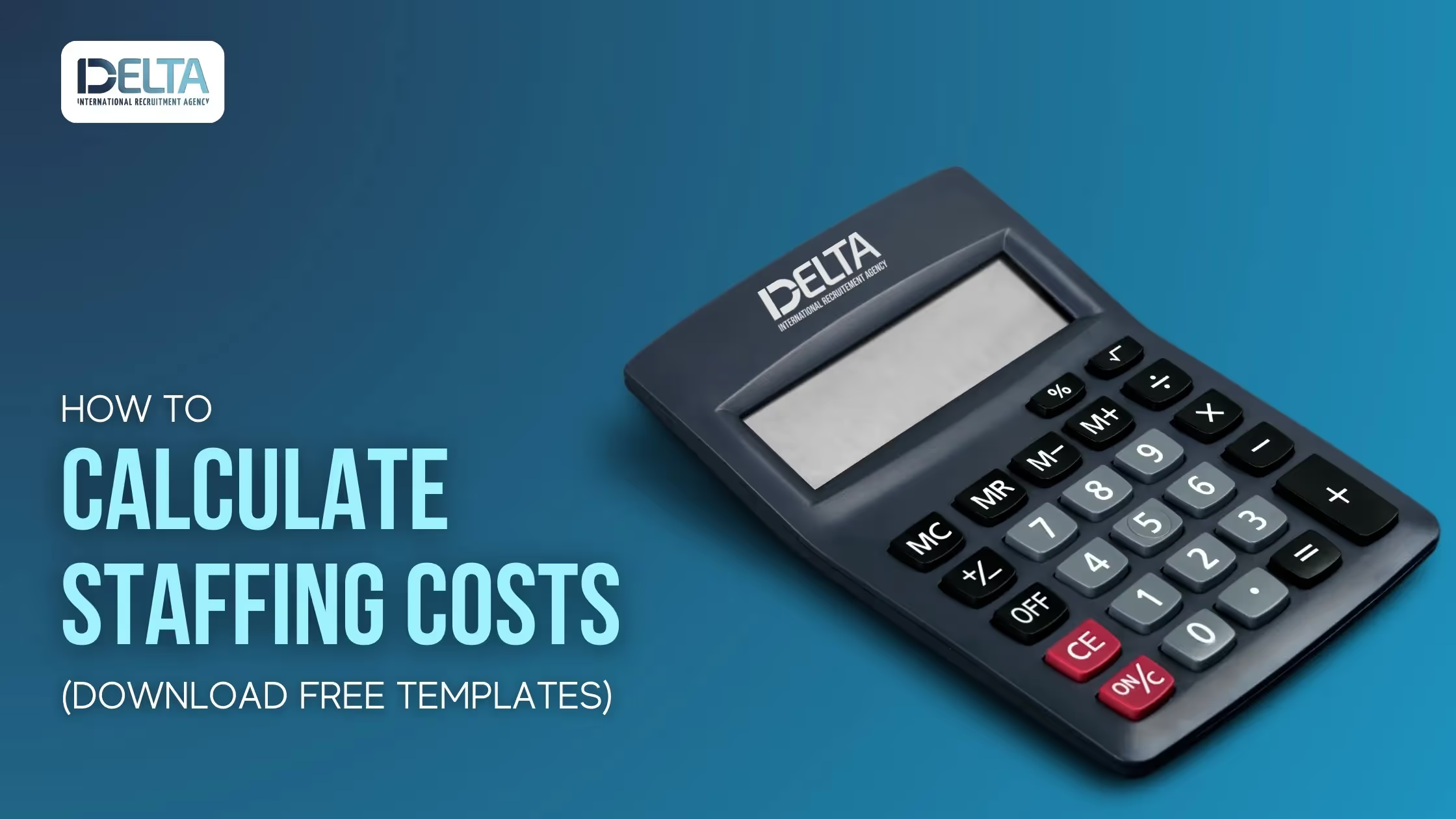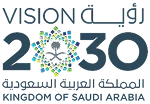Staffing cost is the total cost of hiring and employing employees. It includes the cost of salaries, benefits, recruiting, and training. It can vary significantly depending on the industry, the size of the company, and the type of employees that are being hired.
For example, the cost of hiring a software engineer in Silicon Valley will be much higher than the cost of hiring a retail clerk in a small town. It is important for businesses to understand their staffing costs in order to make informed decisions about how to hire and employ employees.
How to Calculate Staffing Costs
There are a number of factors that businesses need to consider when calculating staffing costs, including:
- The salaries of the employees
- The benefits that are offered
- The cost of recruiting and training new employees
- The cost of employee turnover
- The cost of employee absenteeism
- The cost of employee productivity
By taking into account all of these factors, businesses can get a more accurate picture of the total cost of staffing.
Direct Staffing Costs
Direct staffing costs are the costs directly associated with hiring and employing employees. These costs include:
- Salaries and wages
- Benefits
- Recruiting and training costs
Salaries and wages are the most significant direct staffing cost. The amount of money a company spends on salaries and wages will depend on the size of the workforce, the industry, and the level of experience of the employees.
Benefits are another significant direct staffing cost. Benefits can include health insurance, life insurance, retirement plans, and paid time off. The cost of benefits will vary depending on the type of benefits offered and the number of employees.
Recruiting and training costs are also a direct staffing cost. The cost of recruiting and training new employees can vary depending on the methods used to recruit and train employees.
Indirect Staffing Costs
Indirect staffing costs are the costs associated with hiring and employing employees that are not directly related to the salaries or benefits of the employees. These costs can include things like recruiting and training costs, employee turnover costs, and the cost of providing employee benefits.
Recruiting and training costs can be significant, especially for businesses that are constantly hiring new employees. These costs can include the cost of advertising for open positions, the cost of conducting interviews, and the cost of providing training to new employees.
Employee turnover costs can also be a significant expense for businesses. These costs can include the cost of replacing employees who leave, the cost of lost productivity, and the cost of damage to morale.
The cost of providing employee benefits can also be a significant expense for businesses. These costs can include the cost of health insurance, the cost of retirement plans, and the cost of other employee benefits.
Indirect staffing costs can add up quickly, and it is important for businesses to be aware of these costs when making decisions about hiring and employing employees.
Overhead Staffing Costs
Overhead staffing costs are the costs associated with supporting the overall workforce, such as the costs of office space, equipment, and supplies. These costs are typically not directly related to the number of employees that a company has, but they can still have a significant impact on the overall cost of staffing.
Some of the most common overhead staffing costs include:
- Office rent or lease
- Utilities
- Equipment and supplies
- IT costs
- Benefits
It is important to factor in overhead staffing costs when calculating the total cost of staffing, as these costs can add up quickly. By understanding the different overhead staffing costs that a company has, businesses can make more informed decisions about how to manage their staffing costs.

Image Source: www.nextservices.io
How to Reduce Staffing Costs
There are a number of ways to reduce staffing costs, including:
- Employment of temporary or contract workers. This can help to reduce the cost of benefits and other overhead costs.
- Outsourcing of certain tasks. This can help to reduce the need for full-time employees.
- Automating certain tasks. This can help to reduce the need for human labor.
- Reducing the number of employees. This is a last resort, but it can be an effective way to reduce staffing costs.
It is important to note that reducing staffing costs can have a negative impact on the quality of work, employee morale, and productivity. Therefore, it is important to carefully consider the impact of any proposed cost-saving measures before implementing them.
Staffing Cost Benchmarks
Staffing cost benchmarks can help businesses compare their staffing costs to those of other businesses in their industry. This can be helpful for identifying areas where costs can be reduced or for justifying increases in staffing costs.
There are a number of different sources of staffing cost benchmarks. Some of the most common include:
- The Bureau of Labor Statistics (BLS) publishes data on average hourly wages for a variety of occupations. This data can be used to estimate the cost of hiring employees in different positions.
- The Society for Human Resource Management (SHRM) publishes annual surveys on staffing costs. These surveys provide data on the average cost of hiring, training, and benefits for employees in different industries.
- Vendors of staffing software and services often provide staffing cost benchmarks as part of their products and services.
When using staffing cost benchmarks, it is important to keep the following factors in mind:
- The benchmarks should be specific to the industry and the size of the business.
- The benchmarks should be based on current data.
- The benchmarks should be used as a guide, not as a definitive measure of staffing costs.
Staffing cost benchmarks can be a valuable tool for businesses of all sizes. By using staffing cost benchmarks, businesses can make more informed decisions about how to manage their staffing costs.
Download Free Excel Template to Calculate Staffing Cost
For a practical approach to calculating staffing costs, you can download a free Excel template from Shiftbase. This template can help streamline your calculations and provide a clearer overview of your staffing expenses.
Conclusion
In this article, we have discussed the different factors that can affect the cost of staffing. We have also provided a number of tips for reducing staffing costs. By understanding the different factors that can affect the cost of staffing, businesses can make more informed decisions about how to hire and employ employees.




























